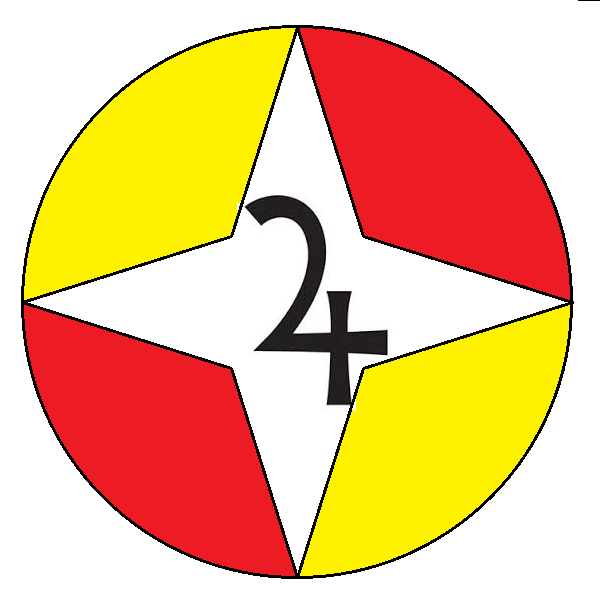BY LETTER
Jovism
 Image from MacGregor | |
| The Eye of Jove, common symbol of Jovism | |
History
The origins of the belief system known as Jovism are clouded in mystery as with many movements dating to the century before the Technocalypse. Most religious historians assert that earliest record of the faith appeared in the fifth century around the Jovian moon Io, then part of the Gengineer Republic. There are two dominant theories regarding Jovism's founding. The first, maintained by most believers, is that the prophets Duri Chadhara and Omalara Stasiuk established the faith in Wahman Orbital around Io. Together they wrote the religion's primary text, the Book of Jove.The second theory, favored by many anthropologists, is that Jovism originated as a mock religion, and in the decades after the Technocalypse morphed into an actual creed. According to this theory, Chadhara and Stasiuk were merely mythical figures. In addition, many historians have doubted whether Wahman Orbital was an actual facility. No reliable record of its existence has been found, and at the time a space station in that location would have needed heavy radiation shielding and expended considerable energy station-keeping. Furthermore, the name is a reference an ancient god from European paganism. Even though the God of Jovism more closely resembles other monotheistic deities worshiped on Old Earth.
Regardless of its creation, Jovism spread during the Interplanetary Dark Age to many habitats in the Jovian system though it failed to take root elsewhere in Solsys. Why a religion as atypical as Jovism appealed to people at the time is a source of debate. It faced steep competition from the kaleidoscope of belief systems then proliferating such as Beneficence, Jobitarianism, Nuagism, Santism, and the Kabristaanis, along with the descendants of the "classical" religions founded on Earth during the Agricultural Age. Several scholars have maintained that the relatively simple and reassuring theology of Jovism provided a sense of comfort for individuals living in turbulent times. Some even suspect that Gaia might have covertly favored the spread of Jovism, though for what purpose is unclear. Curiously, the faith seems to have received a boost during the chaos of the Great Shedding of the 680s, as Jovist communities seemed better able to weather the disaster.
By the First Federation, Jovism had matured into several denominations divided along theological and liturgical lines. The faith reached its peak during the early years of the Solsys Organization when it is thought to have claimed 4 to 5 percent of the Jovian population. Over the subsequent millennia, Jovism continued to diversify and splinter into various movements and orthodoxies. Periodically, revivals would breakout but the religion never achieved its previous level of influence. In the Current Era, various forms of Jovism are still practiced by roughly two dozen sects around Jupiter but the faith remains little known outside of Solsys.
Beliefs
Jovism beliefs can vary greatly by denomination, however most theistic sects hold the following key tenets.1) Jupiter is a holy planet identified as the physical representation of the Supreme Being referred to as "Jove."
2) Jove, and by extension the planet Jupiter, are the protector of mindkind. Jupiter protected human evolution on Earth by absorbing cosmic bombardments and later served as a bastion during the savage days of the Technocalypse and subsequent Dark Age.
3) After death, all sophont souls will join Jove in a heaven located on an ethereal plane in Jupiter's swirling clouds.
It is a common misconception that followers of Jovism worship the planet Jupiter. Jupiter, while an object of adoration, is a physical representation, or, according to certain groups, the home or "throne" of Jove.
Rituals
As prescribed by the Book of Jove, meditative contemplation while gazing upon Jupiter is a central ordinance for believers. Prayer and hymn singing are other common features of worship. While Jovism lacks a Satan analogue, some adherents believe that proximity to Jupiter is crucial to warding off evil or misfortune and therefore travel outside of Solsys is rare.Impact
Jovism is general considered the oldest of a number of minor religions in the Terragen Sphere centered on gas giants. However, unlike most of the others who worship an Archai housed in the planet, Jove is a purely supernatural entity. Though never anywhere close to a majority faith, Jovism has at times served as a kind of civic religion for Jupiter and its memetic influence has impacted numerous Jovian organizations , governments, and movements. Image from MacGregor | |
| Jovist symbol used by some sects | |
Related Articles
Appears in Topics
Development Notes
Text by MacGregor
Initially published on 05 September 2019.
Initially published on 05 September 2019.






